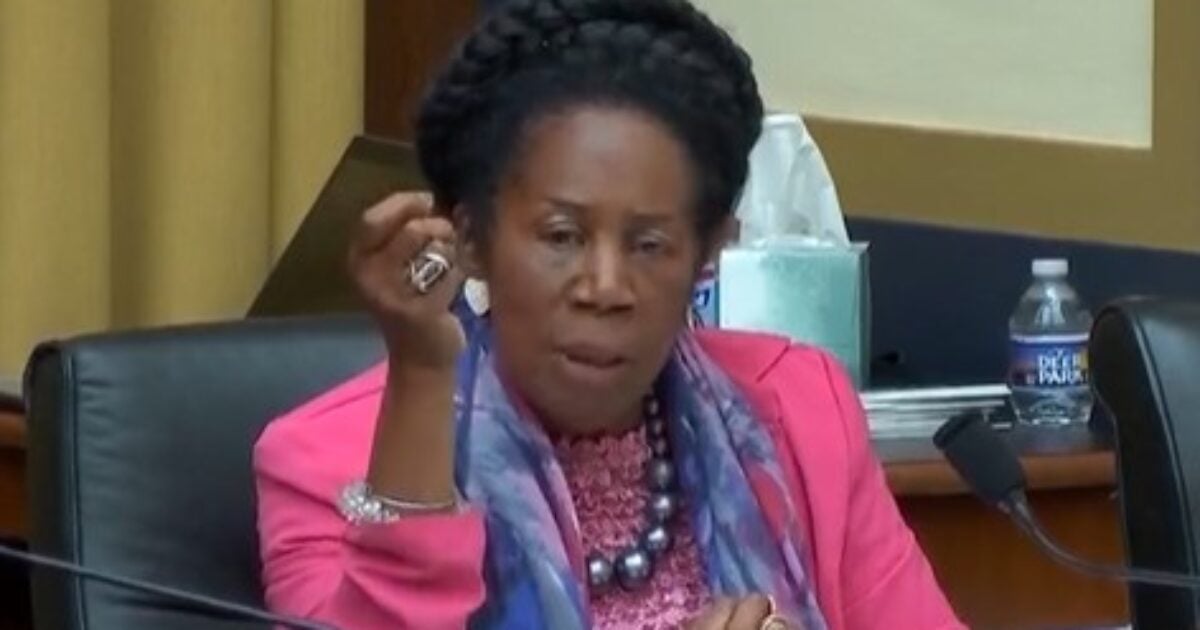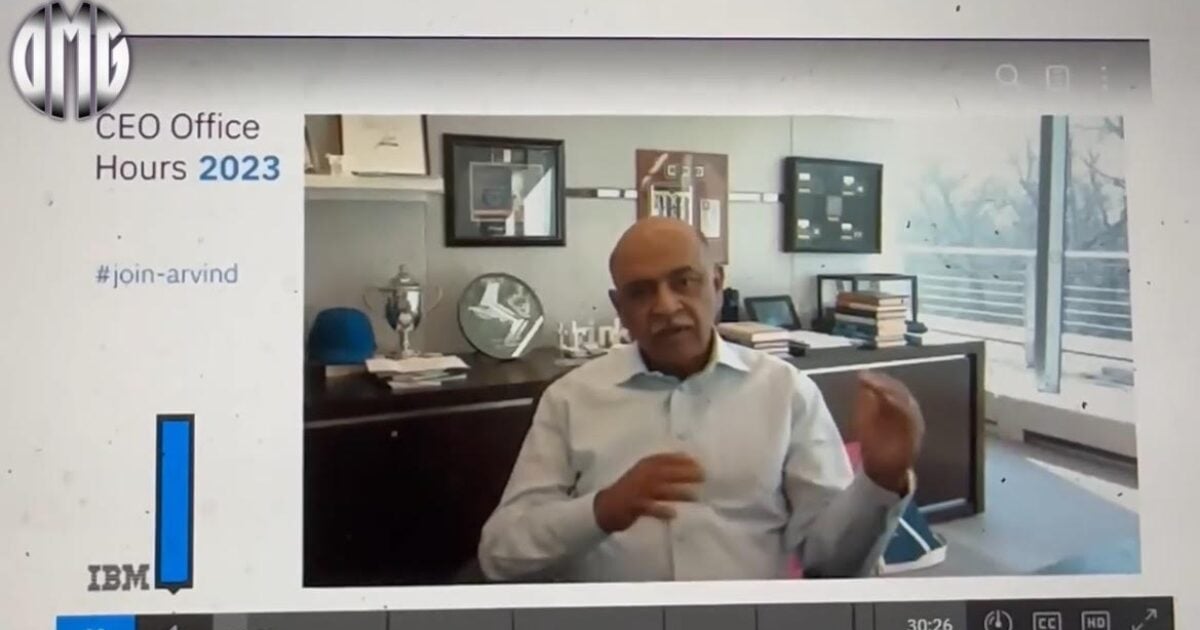
Democrats are up in arms, accusing President Trump and the Department of Government Efficiency (DOGE) of gutting drug research funding.
Social media is flooded with dramatic claims—photos of sick children, stories of desperate patients—each suggesting that Trump has cut off their last hope. The truth, however, is far less dramatic.
The Trump administration has indeed pushed aggressive cost-cutting across federal agencies, including the National Institutes of Health (NIH), which funds a large share of America’s drug research. But contrary to the headlines, there’s no blanket halt on medical research—far from it.
Studies continue under other federal programs and through robust private funding, supporting everything from cancer breakthroughs to rare disease therapies.
What the administration has done is implement targeted policies—like capping overhead costs and temporarily pausing some grant reviews—that have caused confusion, delays, and loud complaints from researchers and critics, but they haven’t shut down research altogether.
Here’s the real story: In February 2025, the NIH proposed capping “indirect costs”—expenses like lab maintenance and utilities—at 15%, down from the usual 27–30%.
That move would cut about $4 billion annually from the $9 billion typically allocated for such costs within the NIH’s $35 billion grant budget (based on 2023 figures, adjusted slightly for 2025).
Universities and hospitals quickly sounded the alarm, warning of layoffs and stalled projects. Then, on March 5, 2025, a federal judge in Boston issued a nationwide injunction, blocking the cuts after 22 Democratic-led states and research groups filed suit, citing bipartisan legislation that protects NIH funding.
As of April 3, the proposed cap remains tied up in court—no reductions have taken effect.
Meanwhile, shortly after Trump’s inauguration, the NIH temporarily froze most grant-review meetings, stalling roughly $1.5 billion in new research funding (Nature, February 2025).
This wasn’t a budget cut—it was a bureaucratic slowdown triggered by new oversight protocols.
Legal pressure in late February forced the NIH to resume some application processes, though delays have continued, affecting research timelines—not overall funding.
Then, on March 27, NPR reported that the administration cut $11.4 billion in COVID-era addiction and mental health grants, including funding for drug development initiatives like fentanyl overdose treatments.
According to the Department of Health and Human Services (HHS), the cuts reflect a policy shift toward tackling chronic diseases. Again, these were specific program cuts—not a sweeping attack on drug research.
The rollback affected certain mental health drug trials and overdose countermeasure efforts, but it didn’t touch the NIH’s core operations.
Likewise, the earlier grant freeze delayed new research—from cancer to Alzheimer’s therapies—but these were setbacks, not cancellations.
And the proposed 15% cap on overhead spending, which would have reduced lab budgets, remains frozen. So far, none of these changes have taken effect.
In the meantime, drug research continues at full speed. The NIH’s $47 billion budget for FY 2025—including $7.2 billion for the National Cancer Institute and $2.2 billion for the National Institute of Allergy and Infectious Diseases (NIAID)—remains intact.
Only indirect cost cuts were on the table, and even those are on hold.
Private and state efforts are also bridging any potential gaps. Drug companies like Pfizer, Novartis, and Vertex continue advancing treatments for rare diseases such as Duchenne muscular dystrophy, spinal muscular atrophy (SMA), and cystic fibrosis, often in partnership with NIH.
Nonprofits like the Alzheimer’s Association contribute over $100 million annually to drug development, helping bring treatments like Beqvez and Nexviazyme to market.
States such as California and institutions like Duke University are also using their own funds to keep research momentum going.
Private companies remain motivated to fund drug development because of the clear financial incentive—new treatments can generate enormous profits.
While life-saving drugs are undeniably a public good, this profit-driven model raises difficult questions: How much public money should go toward research for drugs that will ultimately be patented and sold back to the public at high prices?
The government often provides the early-stage funding, assuming the risk, while the financial rewards accrue largely to private firms.
It’s a long-standing tension in American health policy—but it’s not unique to the Trump administration, nor is it evidence that drug research has been abandoned.
In short, drug research is still being funded—by both public and private sources.
The NIH remains the world’s largest public backer of biomedical research. Its $35 billion grant pool (adjusted for 2025) continues flowing into projects across the spectrum, from cancer to rare diseases.
With the indirect cost cap blocked and grant reviews resuming, most government-funded research remains fully operational.















